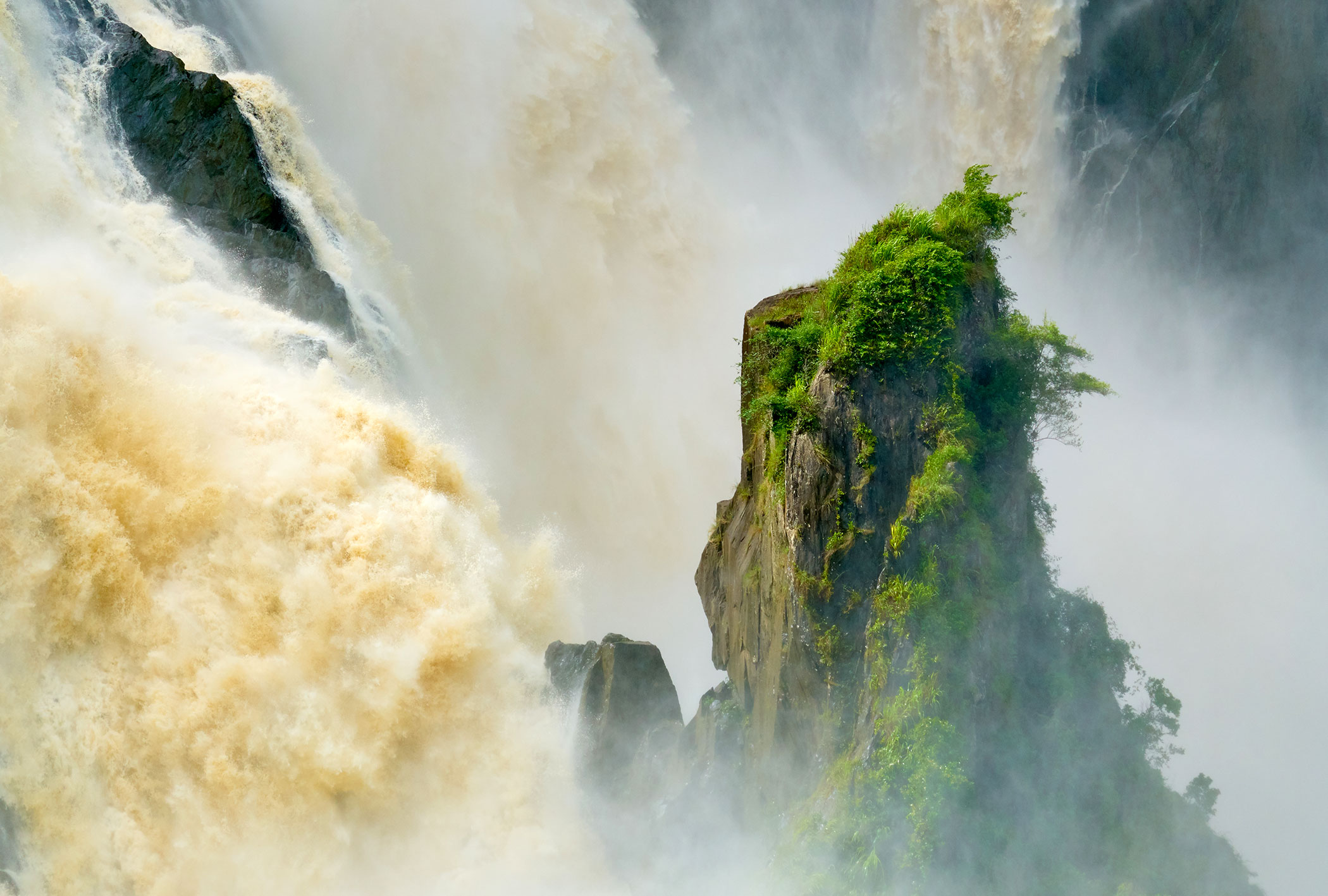 Mark Squires
Mark Squires
How the #rockstacking Instagram trend is putting endangered species at risk
Harmless fun putting endangered Australian animals at risk.
Posted on 17.01.2020
It may seem like harmless fun and make for a great picture, but experts are warning the rock stacking trend is putting endangered Australian animals at risk.
Rock stacking is when people go to rivers, beaches or national parks and collect rocks to make sculptures.
There are more than 70,000 posts using the #rockstacking tag on Instagram, often taken in pristine environments.
Yet a senior ecologist at the Victorian Government’s Arthur Rylah Institute, Nick Clemann, said the trend could have a devastating impact on some endangered species.
“It’s a global phenomenon … anywhere there is rocks, this trend is really taking off,” he said.
“I get it. I’ve got an Instagram account myself and I like to take photos of nature as well.
“[But] last year we started finding it within the habitat of some of the endangered species we work on.
“That really started to ring alarm bells.”
Mr Clemann said the threat was real because some animals are entirely reliant on rocky habitats that have formed over hundreds of thousands of years.
“That’s what the animals live under and any disturbance to that can mean that the animals are pushed out,” he said.
“So some of the endangered species we work on occur in tiny colonies in little rock outcrops, and a bit of stacking in that area can rapidly mean that colony is no longer viable.”
Mr Clemann does a lot of work in the Victorian Alps.
He said one species — the guthega skink — was particularly vulnerable because there were only a dozen colonies in the state, and last year he started seeing rock stacks in their habitat.
“That destroys the burrow system for those lizards and it can knock those colonies out,” he said.
Damaging, disturbing or destroying wildlife habitat is illegal in Victoria, and carries a maximum penalty of more than $8,000.
Victoria’s Department of Environment, Land, Water and Planning has urged anyone with information about disturbances or destruction of wildlife habitat to report it on 136 186.
Mr Clemann said he didn’t think there was any ill will on the part of people doing rock stacking.
“People are out in nature because they love nature. I think there is no evil intent here,” he said.
“I think if they knew they were potentially causing a major problem for endangered species, they probably wouldn’t do it.
“Even if the rocks are put back, even if you are quite diligent in replacing them, the seal is kind of broken and predators like snakes, for example, can get in access animals trying to shelter there.
“And the animals will often just abandon them at that point.”
It’s not the first time rocks have become a point of frustration.

In 2018, about 200 tonnes of rocks were moved in Noosa National Park’s Granite Bay so people could write their name in the sand with them and create stacks.
It prompted a furious backlash from environmentalists, who spent hours removing them by hand and then posted signs telling people to stop.
Mr Clemann said if people wanted to enjoy nature, they could follow an old mantra.
“Take only photos and leave only footprints”
Source/Read Full Story: ABC News
Have a story to tell or news to share?
Let us know by Submitting a News Story







